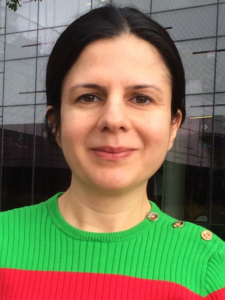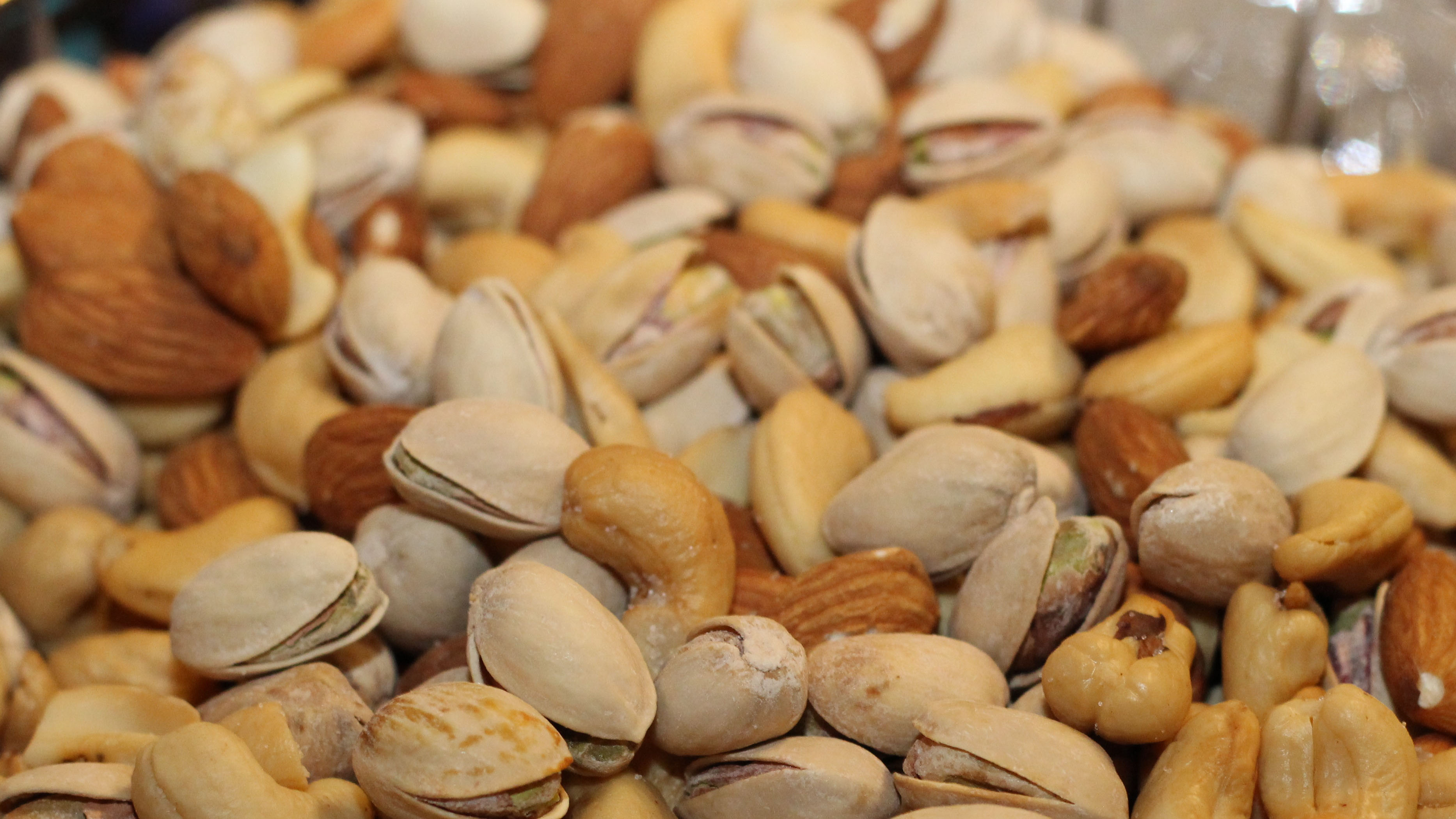By Precious Effiong
February 11 – Dr. Mahta Moussavi is one of the Cooperative Agricultural Research Center’s Post-doctoral Researchers who is making a big difference on the campus of Prairie View A&M University. While serving on a team of researchers from across the country, Moussavi carried out a study to examine the nature of Salmonella presence in pistachios and the team recently published their findings in the article “Growth of Salmonella on Inoculated Inhull Pistachios during Postharvest Handling.” Moussavi’s research contains some key information on how salmonella growth can be reduced in inhull pistachios.
Abstract
Salmonella has been isolated from dried pistachios in both postharvest and retail surveys. The source of Salmonella in pistachios is unknown, but introduction is possible at points during production, harvest, and postharvest activities. To examine the behavior of Salmonella on pistachios during simulated postharvest conditions, early-, mid-, and late-season inhull pistachios were collected from two commercial processors over five different harvests. Pistachios were inoculated with cocktails of nalidixic acid– or rifampin-resistant Salmonella at 0.64 to 1.59 log CFU/g (low) or 2.73 to 3.27 or 4.29 to 4.31 log CFU/g (high) and were incubated for up to 30 h under commercially relevant conditions (23, 35, or 378C and 50 or 90% relative humidity To read the entire article on Dr. Moussavi ’s research, please visit here. This research was supported, in part, by the California Pistachio Research Board, the Center for Produce Safety, and the Specialty Crop Block Grant Program at the U.S. Department of Agriculture (USDA). Dr. Mahta Moussavi
Post-doctoral Researcher
mamoussavi@pvamu.edu
(936) 261-5060

